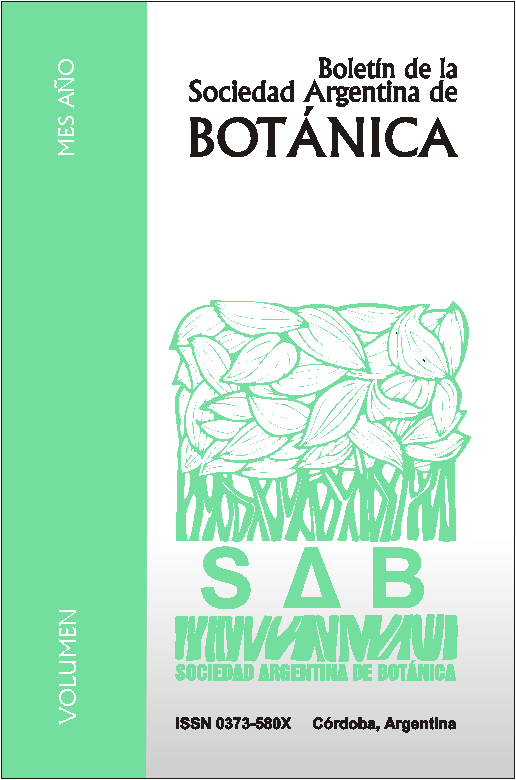Effect of the nests of Acromyrmex lobicornis (Formicidae: Myrmicinae) on the decomposition of litter, in the "Monte" desert
DOI:
https://doi.org/10.31055/1851.2372.v53.n4.21985Keywords:
Ants, arid zone, Acromyrmex lobicornis, Bulnesia retama, Formicidae, litter, Larrea cuneifolia, Myrmicinae, nests.Abstract
Decomposition is a fundamental process of ecosystems. In arid and semi-arid environments these processes slow down due to unfavorable climatic conditions for microbial activity so that organisms such as ants become key because in their nests they accumulate organic matter as a result of their foraging activities. Our objective was to evaluate the influence of the nests of Acromyrmex lobicornis on the decomposition process of the surrounding material. We buried 42 bags of litter in seven shrubs with nest and seven shrubs without nest (three bags per bush). At 21, 35 and 60 days, the bags were removed, cleaned, weighed, dried and calcined. The rate of decomposition in nests of A. lobicornis was significantly lower than that of soils without anthills. The marked seasonality in the desert of Monte and the sterilization of the nest could be some of the causes.Downloads
Downloads
Published
How to Cite
Issue
Section
License
Provides immediate and free OPEN ACCESS to its content under the principle of making research freely available to the public, which fosters a greater exchange of global knowledge, allowing authors to maintain their copyright without restrictions.
Material published in Bol. Soc. Argent. Bot. is distributed under a Creative Commons Attribution-NonCommercial-ShareAlike 4.0 International license.









